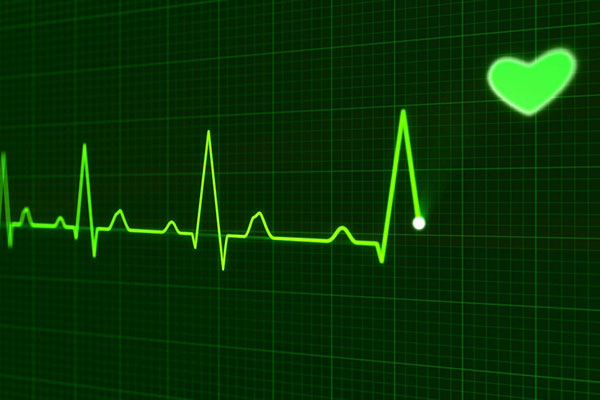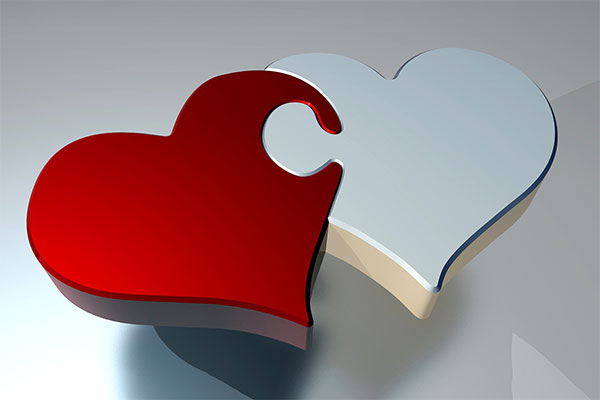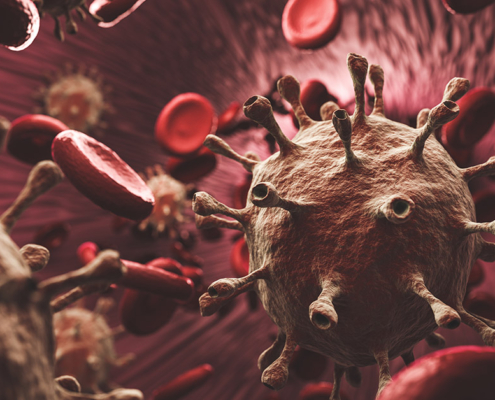6 Reasons You Need CPR Training
According to the American Heart Association, approximately 475,000 Americans suffer fatal heart attacks each year. Roughly 90 percent of those occurring outside a hospital are fatal. However, the survival rate increases dramatically if patients receive CPR. Unfortunately, many people lack CPR training.
CPR is a proven, life-saving technique. It involves chest compressions to maintain blood circulation to the brain and other vital organs. You can combine this with ventilations to ensure blood is adequately oxygenated.
If you lack CPR training or your CPR certification has lapsed, you need to get or renew that training now. Here are six reasons why.
1: You can save lives
Cardiac arrest affects people of all ages regardless of health. It is, unfortunately, common. There is a good chance you may need to perform CPR to save a life. Over 80 percent of cardiac arrests occur at home. The person whose life you save could be a loved one or a close friend.
Despite its importance, many people lack CPR training and certification. Those who have it may not always act. You can’t rely on others. You must be able to perform CPR yourself.
2: Proper training is vital
Without thorough and effective training, you may not know how to perform CPR correctly. Incorrect CPR can have adverse consequences. For example, giving CPR to someone who doesn’t need it can cause serious injury. Proper training gives you the confidence to act and reduces your chance of causing harm.
3: Time is critical
It may take several minutes after calling 9-1-1 for EMS to arrive. Each minute matters in cardiac arrest. Vital organs can only survive without adequate oxygen for approximately five minutes. This time begins as soon as the patient arrests.
Chest compressions and ventilations can buy valuable minutes. This time can make the difference between life and death.
4: You may need it for work
Many jobs require CPR certification. Examples include child care, health care, law enforcement and firefighting. Many companies and organizations want staff members to have this training, even if there is no exceptional need.
While cardiac arrest can happen anywhere, some environments pose a greater risk or need. For example:
- A child care provider may be the only adult capable of providing CPR to one of many children present.
- Similarly, a lifeguard may be the only person present who can perform CPR on a drowning victim.
Even when CPR training is not a job requirement, having it just makes sense.
5: Convenience and affordability
CPR training is both convenient and affordable. Most classes cost less than US $100 and require just a few hours to complete. First Response Training International (FRTI) courses can combine eLearning with hands-on practice.
6: AED training
Automatic electronic defibrillators (AEDs) can re-establish a regular, rhythmic heartbeat in cardiac patients. AEDs are available in many public places such as schools, shopping malls and airports. Knowing how to use AEDs correctly is essential for the best outcome.
Modern CPR training covers AEDs. Did yours? If not, it’s yet another reason to renew your CPR certification.
Be the person who acts
We like to think we’re a person who would step up and act in an emergency. But to do so, you need the knowledge, skills and confidence that only CPR training provides.
It doesn’t matter whether you’ve had prior training or are starting from scratch. You can be prepared to save a life by enrolling in First Aid, CPR and AED training now.


















Leave a Reply
Want to join the discussion?Feel free to contribute!